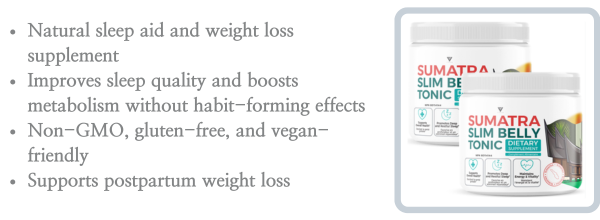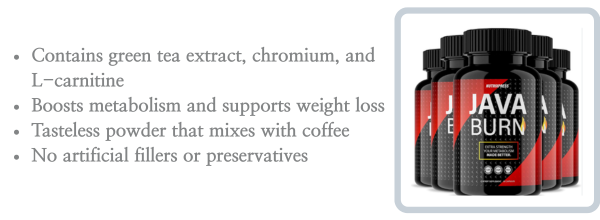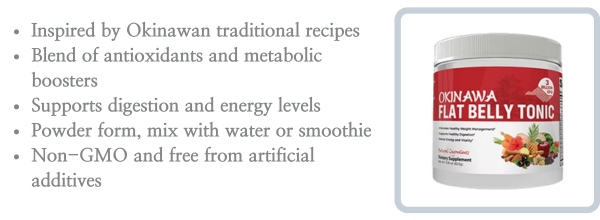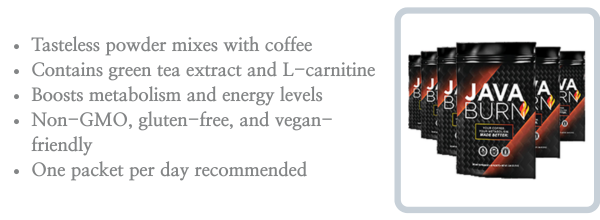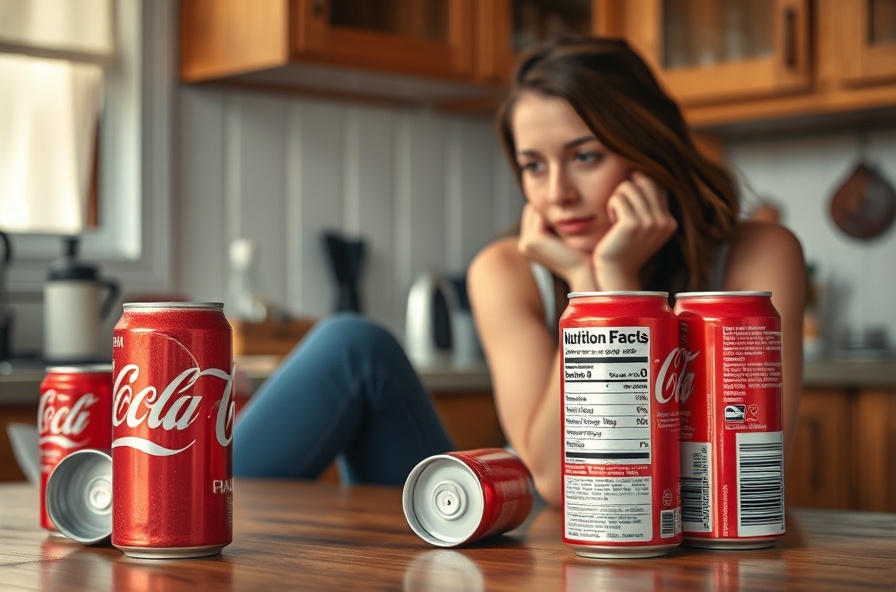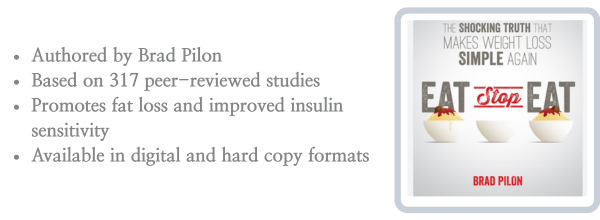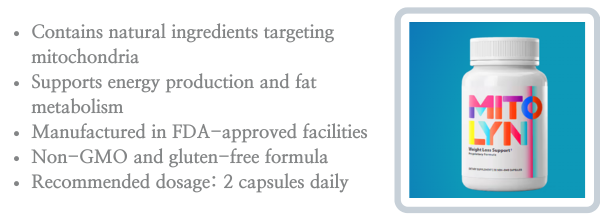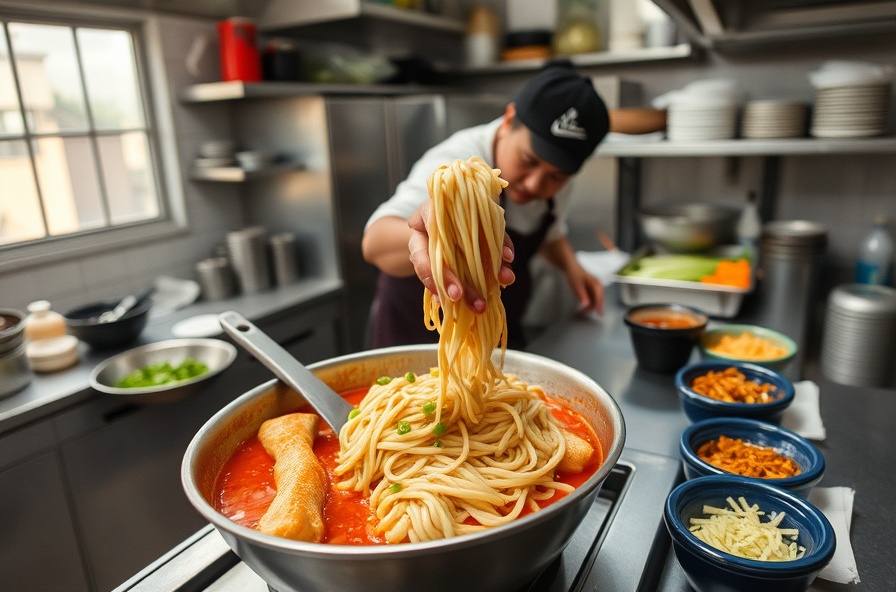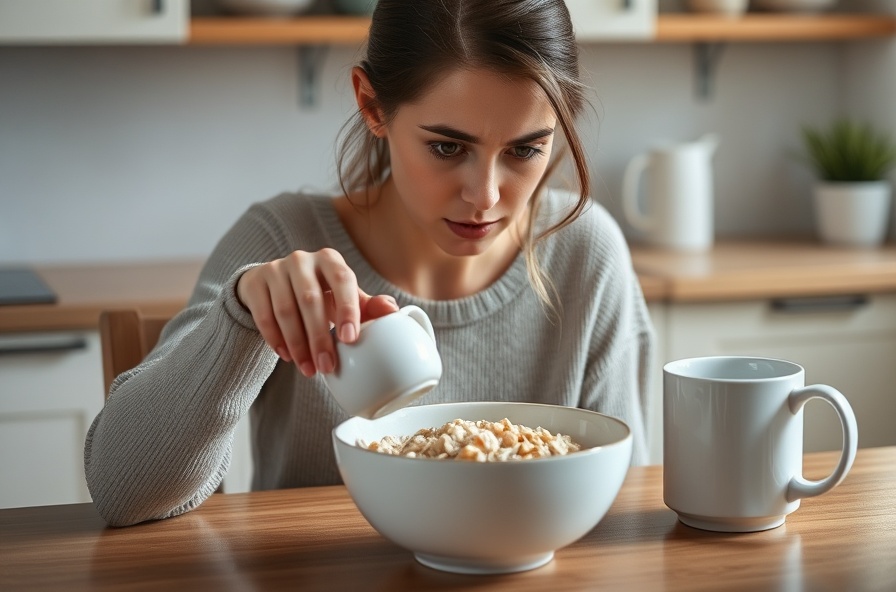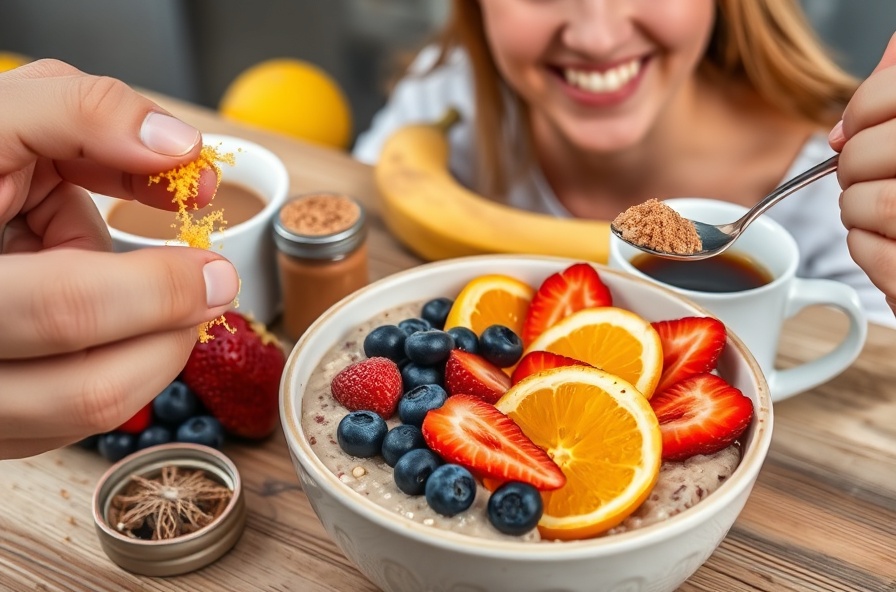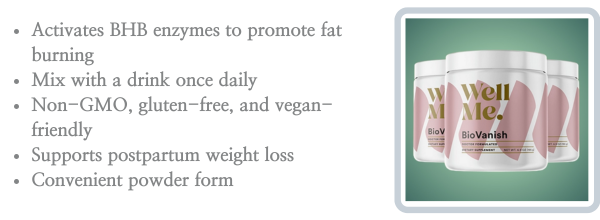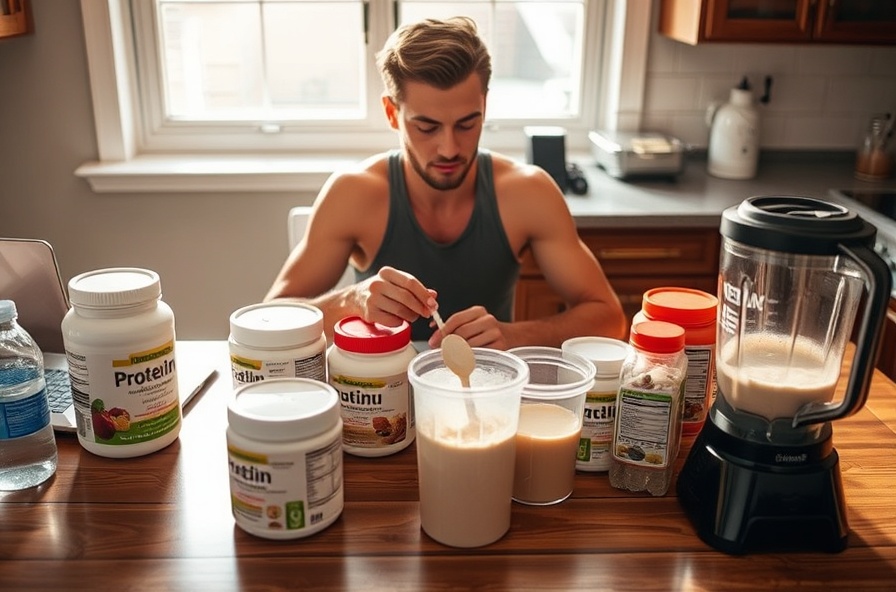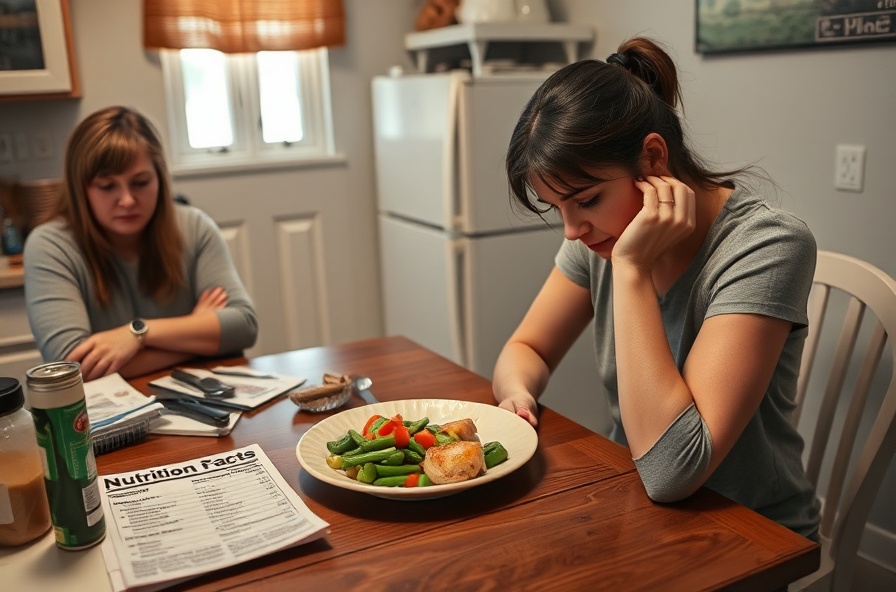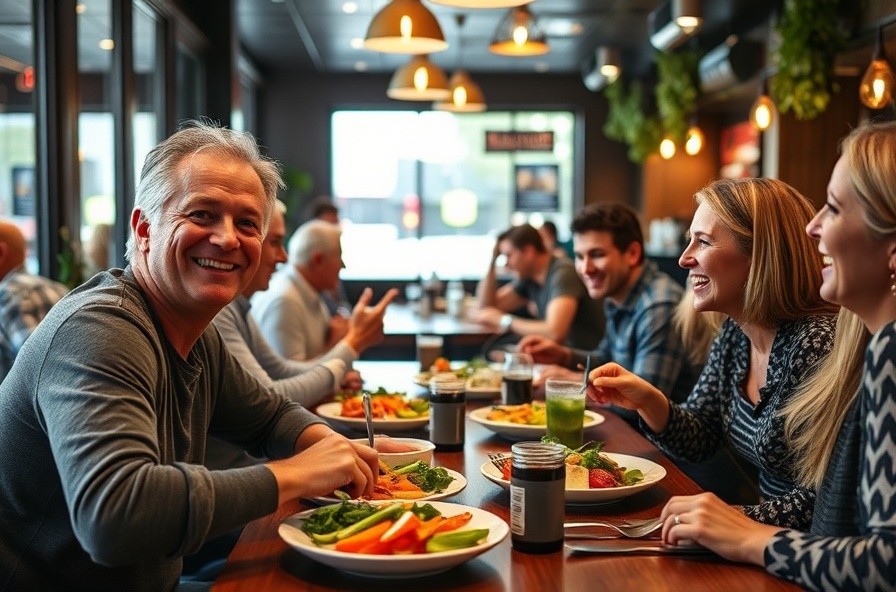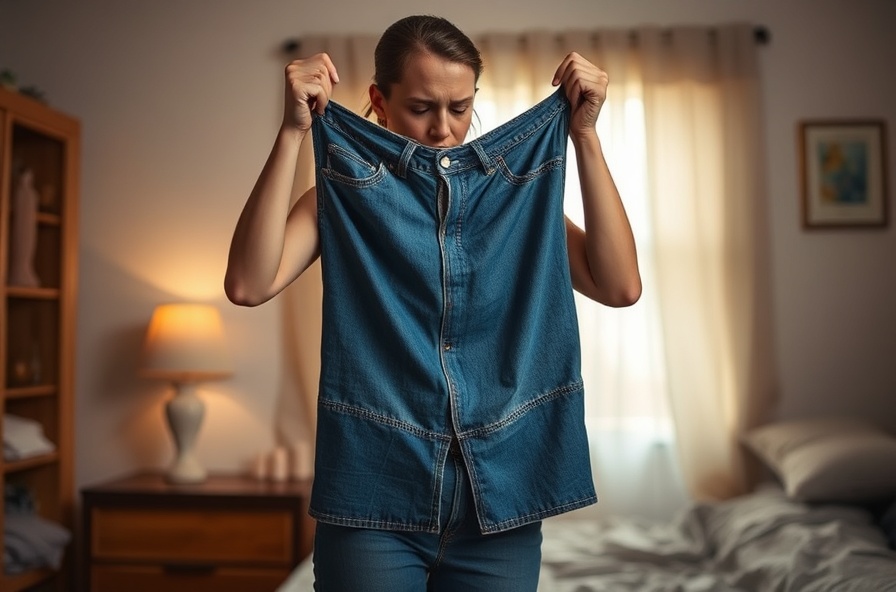
Avocados are a popular choice for many, but the question remains: are they truly beneficial for weight loss? Before you start incorporating them into every meal, it’s essential to understand the nuances. While avocados are known to be high in healthy fats and a variety of essential nutrients, the key lies in moderation. These creamy fruits can be a valuable addition to your diet, providing satisfaction and potentially aiding in weight management. Research suggests that avocado-rich diets may lead to decreased cholesterol levels and even contribute to weight loss. However, it’s crucial to be mindful of their calorie content and use them as a substitute rather than an addition in your meals. Ultimately, creating a balanced routine that supports your health goals is key, and if avocados help you achieve that, they can be a valuable addition to your diet.
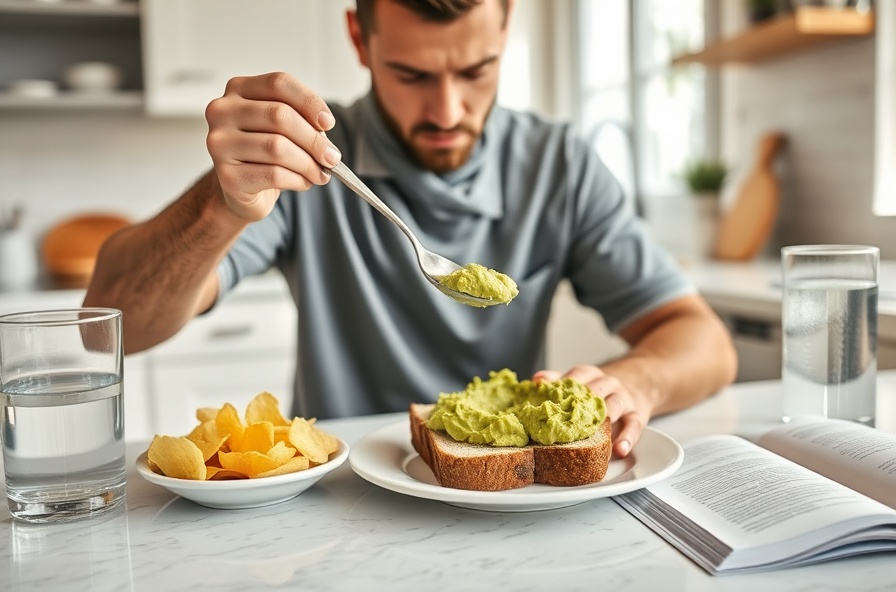
Avocados—every brunch-lovers’ darling and the star of countless social feeds. But let’s talk about what nobody’s really sure about: Is that green, creamy bliss actually a friend to your waistline? This article digs deep into the avocado debate: are they helping your weight loss journey, or just making your meals fancier? Spoiler—you might actually be able to eat them and see benefits. But before you chop one up and throw it on everything, there’s a bit of nuance to unpack. Let’s see why this fruit might just give you a leg up—if you get the balance right.
Tell me if this sounds like you: You’re at the supermarket, clutching a perfectly ripe avocado, but you freeze. It’s calling your name, but the voice in your head asks, “Will this totally wreck my diet?” I had that moment not long ago, standing there for a weirdly long time. I used to think avocados were just a guilt trip in a green shell, but the truth is actually way more interesting.
Here’s what’s wild about avocados: they’re little fat bombs, but the good kind—the type your heart, brain, and even your mood absolutely love. Sometimes I joke that they’re kind of like nature’s reward for dealing with bland salads. Ever tried adding them to a smoothie? Total game changer.
But why are they so hyped among health pros? Well, if you listen to folks like those at Healthline, avocados have snagged a starring role in weight management plans everywhere. It’s not just the creamy taste (though let’s be real, it’s why I keep buying them). It’s the monounsaturated fats that help lower your “bad” cholesterol—LDL—and leave you feeling way more satisfied after a meal. And that’s huge, because when I’m trying to cut back, hunger is usually the first thing that derails me. I’ll admit it: when I eat avocado with lunch, I seriously don’t prowl the fridge as much in the afternoon.
And they’re not just about fat—avocados are basically vitamin and mineral jackpots, loaded with fiber, potassium, and a pile of nutrients your body actually wants. Pretty nice surprise. Honestly, it’s not just about eating less. It’s about swapping empty calories for something that lets you walk away from the table actually full.
So what’s the deal—can you really shed pounds while eating avocados? From the research I’ve seen (Juniper broke it down pretty well), the outlook actually isn’t doom and gloom. It’s almost funny how much people used to run from the fat, and now we’re seeing real proof—people on avocado-rich diets didn’t just slim down, their LDL and total cholesterol took a nosedive, too. I’m talking a solid 10% drop in LDL, plus an 8% dip in total cholesterol. And all from a fruit most of us thought was “too rich” to touch.
But okay, here’s where my skeptical side kicks in: one medium avocado isn’t exactly calorie-light. With about 240–280 calories, it’s not something you can pile on without thought. I’ve made this mistake myself—throwing avocado into every meal just because it’s healthy, and then wondering why the scale doesn’t budge. Guilty! The secret? Use it to replace something else—not as an extra. I swapped out mayo for smashed avocado in sandwiches. Or, instead of mindlessly snacking on chips, I’ll slice up an avocado, sprinkle some chili flakes, and get that same indulgent feeling without the junk.
At the end of the day, eating well isn’t about guilt or strict rules; it’s feeding yourself in a way that honestly feels good—body and mind. If avocados end up helping you toward your health goals, or even just make your meal feel special and nourishing, I say embrace them. Nutrition isn’t all or nothing. It’s about small, intentional changes that add up. Enjoy your green gold—just maybe not on every single plate.
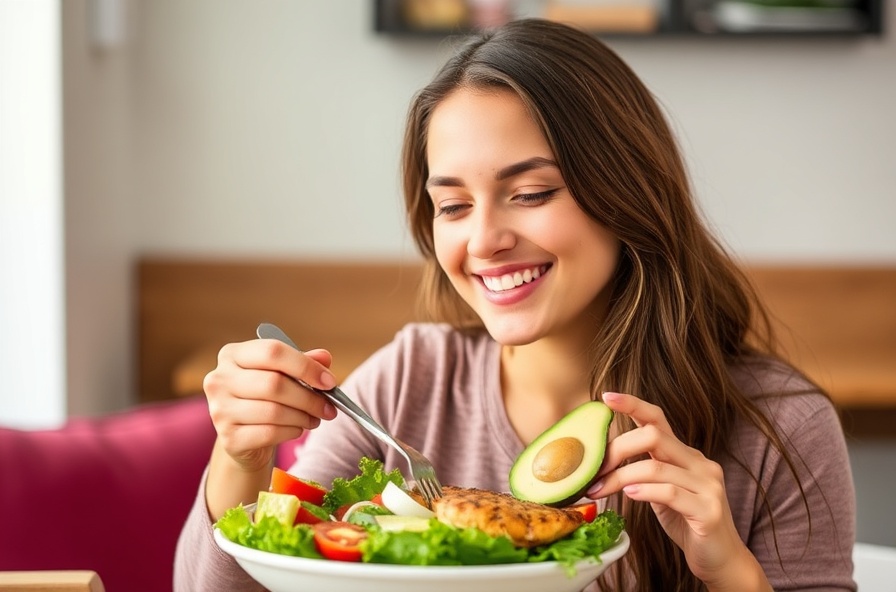
At the end of the day, eating well isn’t about guilt or strict rules; it’s feeding yourself in a way that honestly feels good—body and mind. If avocados end up helping you toward your health goals, or even just make your meal feel special and nourishing, I say embrace them. Nutrition isn’t all or nothing. It’s about small, intentional changes that add up. Enjoy your green gold—just maybe not on every single plate.
sources
-
So, Can Eating Avocados Help With Weight Loss? (Juniper)
-
Are Avocados Great for Slimming Down, or Do They Add Pounds? (Healthline)
-
Avocado and Almonds: Surprising Superfoods Explored (Loma Linda University Health)
Today’s related searches: avocado meal prep ideas for weight loss, how to substitute avocado for mayo, avocado portion control for weight management, keto avocado recipes for beginners, healthy avocado swaps for lunch
[intro_box]
